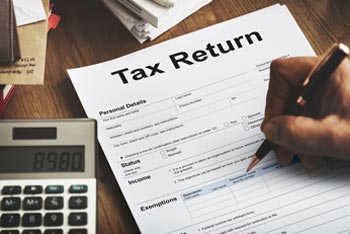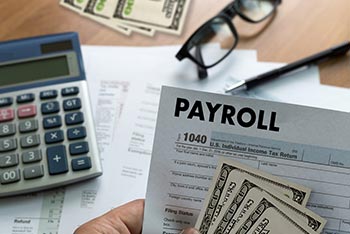Who is Eligible for A Tax Return in Australia?
A tax return is an accumulation of forms that are filed with a tax authority. The files report valuable information on income, expenses, and all other pertinent information regarding tax. Tax returns help taxpayers to calculate their tax liability, schedule tax payments, or request refunds for any overpayments in the past. In most countries, tax returns must be filed annually for an individual or a business with a reportable income. It includes wages, interest, dividends, capital gains, or any other form of profits.
A tax return is filed annually in Australia like most other countries of the world. In Australia, if you generate income, you need to have a tax file number (TFN), and pay the specific amount of tax money. The amount of money paid in taxes for a specific year is calculated through the annual tax return, and at the end of each financial year, a tax return has to be filed.
Australian tax returns for the tax year begin on 1 July, and end on 30 June of the following year are generally due on 31 October after the end of the tax year. A tax return might either be for an individual (in which case it might also be called a personal tax return, an income tax return, or a Self Assessment tax return) or it might be for an organisation, such as a partnership (partnership tax return) or a company (Corporation Tax Return).
All personal tax returns have a main section that contains common types of income such as bank interest or dividends received and common tax reliefs such as donations to charities. Other types of income, such as profits from self-employment or salary from a job, are reported in separate sections. Not all income has to go on a personal tax return; for example, if you have money in an ISA, you do not need to include interest earned on that money because ISA interest is tax-free.
The tax return will balance deductions for your kids, as well as how much you paid in student loan interest, health care coverage, Roth IRA contributions, home office expenses, business expenses, charitable donations, and more.
You must file a tax return to get a refund. However, just because you file a return doesn’t mean you’ll get a tax refund. Although often mistaken to be the same concept, a tax return and a tax refund are quite different.
A tax refund is what’s issued to you if, in the previous year, you paid more in state or federal taxes than you needed to. For example, maybe your workplace withheld more money than was required from your paycheck, or you’re self-employed and wound up overpaying quarterly estimated taxes.
It is essential to learn about the important tax terminologies, processes and understand how the system works. For any business, tax planning should be considered as one of the fundamental business aspects. When it comes to tax returns, it is important to know who is eligible in Australia for a tax return.
You must send a tax return if, in the past tax year, you were self-employed as a ‘sole trader’ and earned more than the regulated amount decided by the Australian government before taking off anything you could claim tax relief on.
You must also send a tax return if you are a partner in a business partnership.
If you paid tax under the pay-as-you-go withholding or installment system in the previous year, you must lodge a tax return. If you had tax withheld from payments made to you, you also have to lodge a return.
Suppose you have any untaxed income, such as money from renting out a property, money earned through tips and commission, money earned through savings, investments, and dividends, or any sort of foreign income. In that case, you need to send a tax return.
If you were eligible for the seniors and pensioners tax offset, and your rebate income was more than 32000 if you were single, widowed, separated at any time during the year, or more than 31000 while you had a spouse. Still, one of you lived in a nursing home, or you had to live apart due to illness, you must lodge a tax return.
If you were under 60 and received an Australian superannuation lump sum, you need to lodge a tax return.
You can choose to fill in a tax return to claim some income tax relief. You can also fill in a tax return to prove you’re self-employed, and it could help you claim tax-free childcare or Maternity Allowance. Some people, such as those whose total income is less than the tax-free amount ($18,200), don’t need to lodge a return.
For a quick way to estimate tax returns, you can use a tax calculator for a precise calculation. There are tax calculators on the internet and registered tax agents to help you through the process.
Understanding the eligibility of tax returns is a complex process with many laws, regulations, and concepts to go through. Getting help from a professional accounting firm, or tax specialists could save you a ton of time, effort, and even money.














